Your Ultimate 7-Day Tokyo Itinerary for 2025
A week might not seem long enough to see a city as interesting, diverse and distinctive as Tokyo, but you can actually fit a lot in. That’s why I’ve designed the ultimate 7-day Tokyo itinerary to help you make the most of the city in just one week.
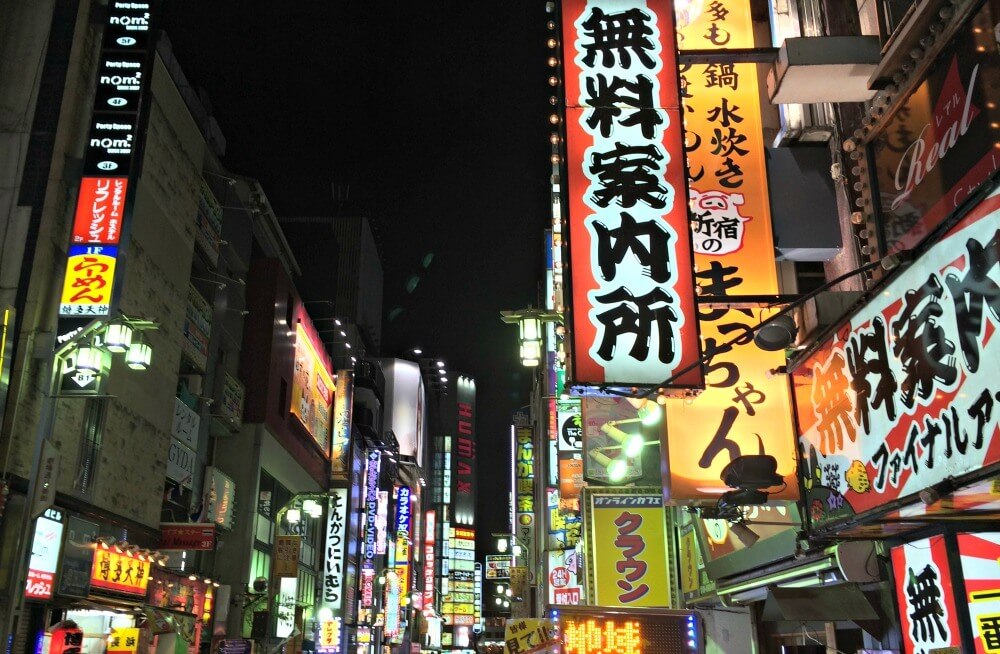
Tokyo, the dazzling capital city of Japan, promises an unforgettable experience. It’s truly a city that is unlike anywhere else you’ll have travelled to. It’s known for huge temples, palaces and theatres, as well as skyscrapers, amazing food, great nightlife and so much more.
So while there is so much to see and do in Tokyo, having a rough plan can help ensure you see all the important parts – especially if you’re only there for a week. This 7-day Tokyo itinerary helps you squeeze in as much of the must-sees and dos as possible, but also giving you time to act spontaneously too.
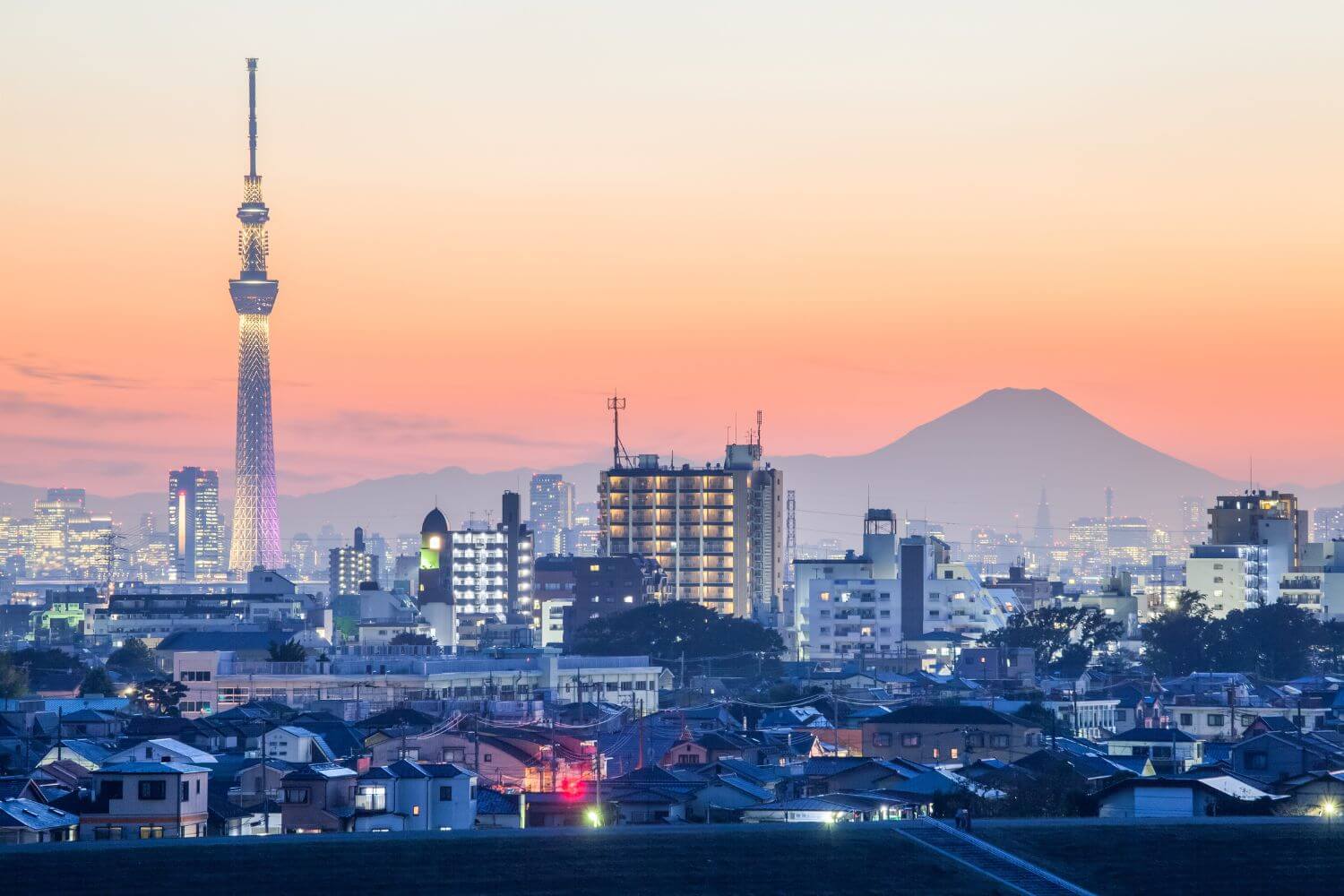
Even if you don’t follow the Tokyo week itinerary completely, it can help give you some ideas and inspiration for a fun and full trip. Find a mix of unique activities and sights as well as some popular ones that are tourist favourites for a reason. Together they provide the perfect blend for the ultimate 7-day itinerary in Tokyo.
How to spend a week in Tokyo
From visiting impressive shrines and temples to wandering around iconic neighbourhoods, this 7-day Tokyo itinerary has it all.
Day 1: Arrival and visit a local shrine or temple
The big day has arrived, your dreams of flying into the land of the rising sun is here and it is all happening so fast. After you make it through security and collect your luggage the first thing to do is head to the hotel.

Once you’ve settled in (and maybe slept if you’ve arrived late at night), the first thing to do is head out to see a local shrine or temple.
There are so many shrines and temples to see in Tokyo, but some of the most popular ones are Sengakuji Temple, featuring a zen school and famous graveyard, Kanda Myojin Shrine, which is the places to pray for good luck, marriage and wealth, and Tomioka Hachiman Shrine, the largest Hachimangu shrine in the city where the samurai prayed.
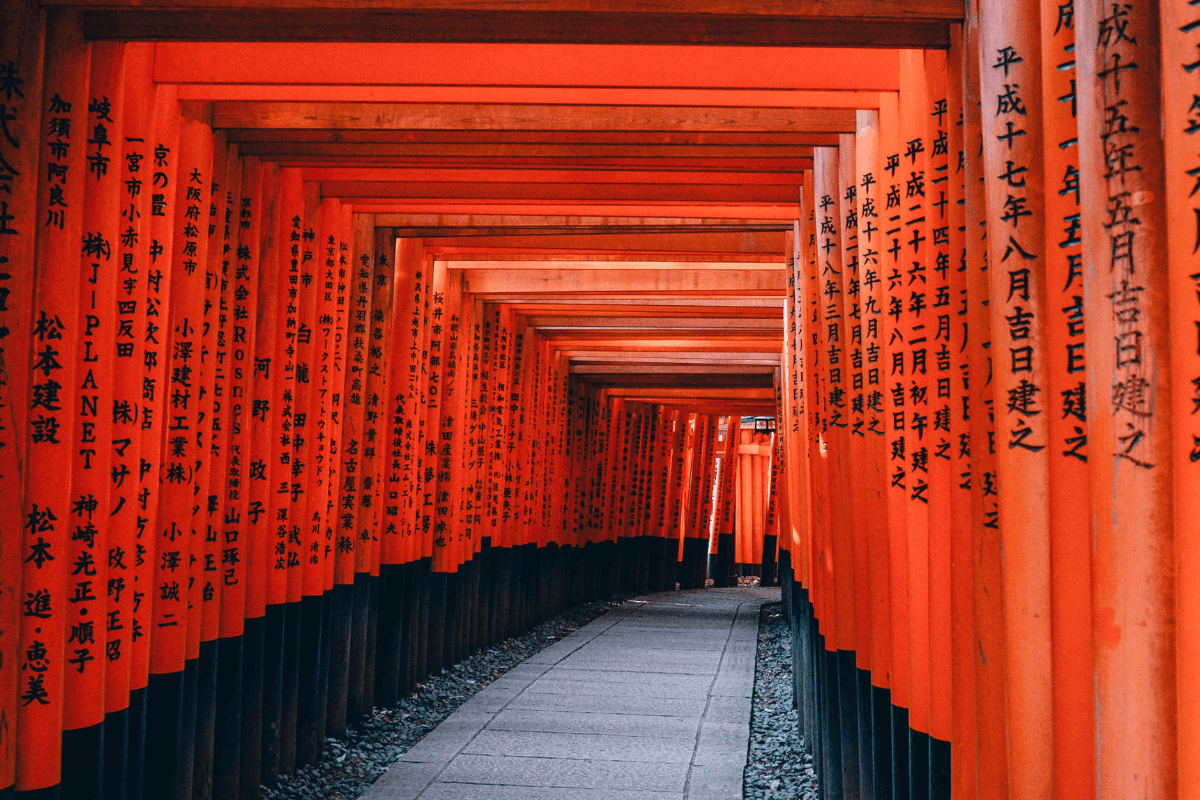
Places of worship, the Shinto and the Buddhist religion is intertwined so deeply in the vines of Japanese culture that a trip to this country will feel incomplete without checking out at least one. And for your first day, you could take it easy and just head to a local one (there are lots dotted around throughout Tokyo).
Shrines are associated with the Shinto religion and can usually be identified with its iconic Torii gates. On the other hand, temples are typically associated with Buddhism and often feature Buddha statues. You’ll notice this if you head to Senso-ji in Tokyo, but that will appear further on down the line in this 7-day Tokyo itinerary as it’s a must-see!
Day 2: Get your game on at Akihabara
In a country that is home to major pieces of pop culture such as anime and video games, Akihabara is the epicentre of all these things and more. As soon as you enter this district you’ll be met with soaring buildings, exhibiting banners and advertisements for all things otaku. Flashing lights and wacky noises will attack your senses from every direction as arcades and game stores line the streets. There are countless stores here that sell all your favourite anime figures, so whether it is a gift for a friend or yourself, this is the place to be. This is a great place to pick up those Japanese souvenirs to take home.
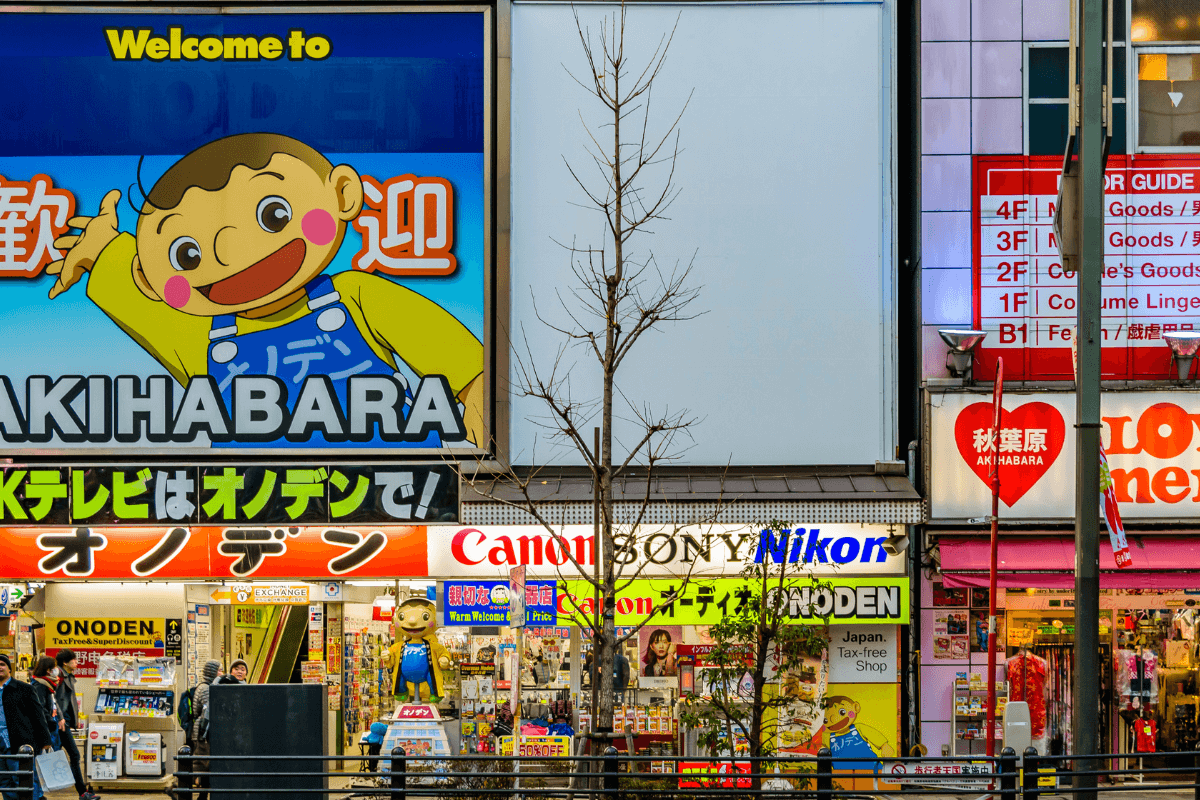
And if you really love old-school anime, then check out The Super Potato store. It’s a retro game store that carry not only older games for consoles like the Nintendo Entertainment System and the Atari, but they have the actual consoles too.
The great thing about the culture in Japan where people generally look after their belongings even after so many years, is that these consoles are mostly in very good condition. With how good some of them can be it will almost feel as if they are still being manufactured today.
You’ll end up spending hours popping in and out of stores, meandering between the streets and making tough decisions on what to buy that you could easily spend a full day here.
It’s also important in this 7-day Tokyo itinerary to get some downtime. So here you could visit the nearby Ueno Park where you can relax (and potentially admire all the stuff you just purchased).
READ MORE: The Best 3-Week Itinerary for Japan
Day 3: Visit Senso-ji, the oldest temple in Tokyo
After a day filled with pop culture, it is time to take things back again and head towards the historic Senso-ji Temple in . As mentioned earlier, this is the temple to go to in Tokyo. Over 1350 years old, Senso-ji is the oldest temple in Tokyo and is one of the most important too.
It’s dedicated to Kannon Bosatsu, the benevolent deity of compassion. Legend has it that two brothers retrieved a statue of Kannon from the Sumida River in 628. Despite multiple attempts to return it to the river, the statue mysteriously kept reappearing to them. Recognising the significance of this divine event, a shrine was constructed in the nearby area to enshrine this statue and facilitate worship.
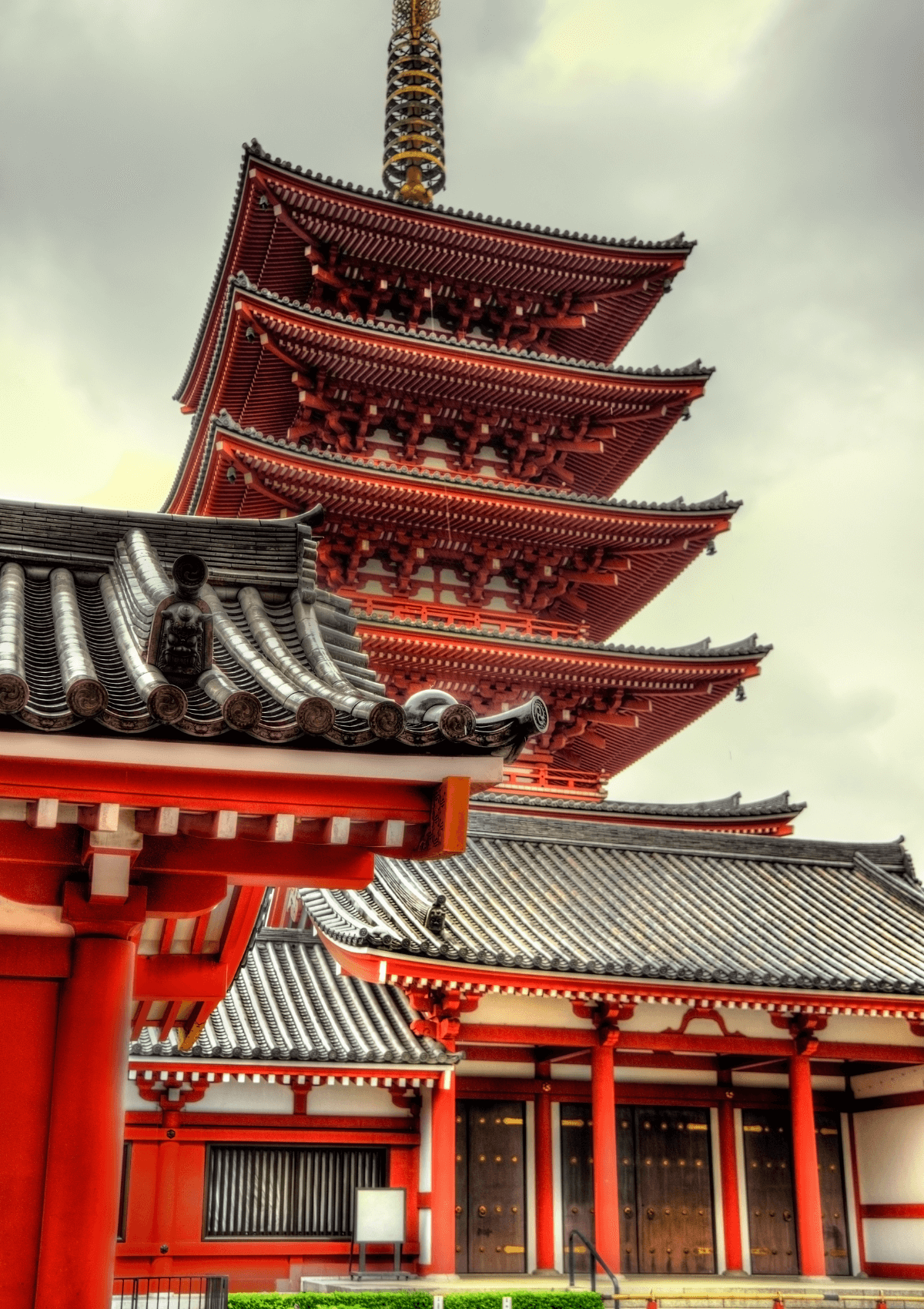
When you get to Senso-ji, stroll up the path slowly making your way towards the main building where you will be stunned with exquisite details and architecture. It can be quite crowded, given that 30 million of people flock here every year making it one of the most popular spiritual places in the world, it’s definitely still worth a visit at least once in your lifetime.
You can then enjoy the variety of shops on the 200-metre street in front. It’s a great place to buy anything from souvenirs to traditional food. Or head to the nearby Asakusa Shrine for more on your 7 days itinerary in Tokyo.
Day 4: Visit the modern neighbourhood of Shibuya
Very much a contrast to the previous day, Shibuya is the epitome of the modernisation that Tokyo is so well-known for internationally. As you walk through this area you will see high-end brand stores like Gucci, Louis Vuitton and Prada boasting large real estate and very much presenting exactly what sort of area this is.
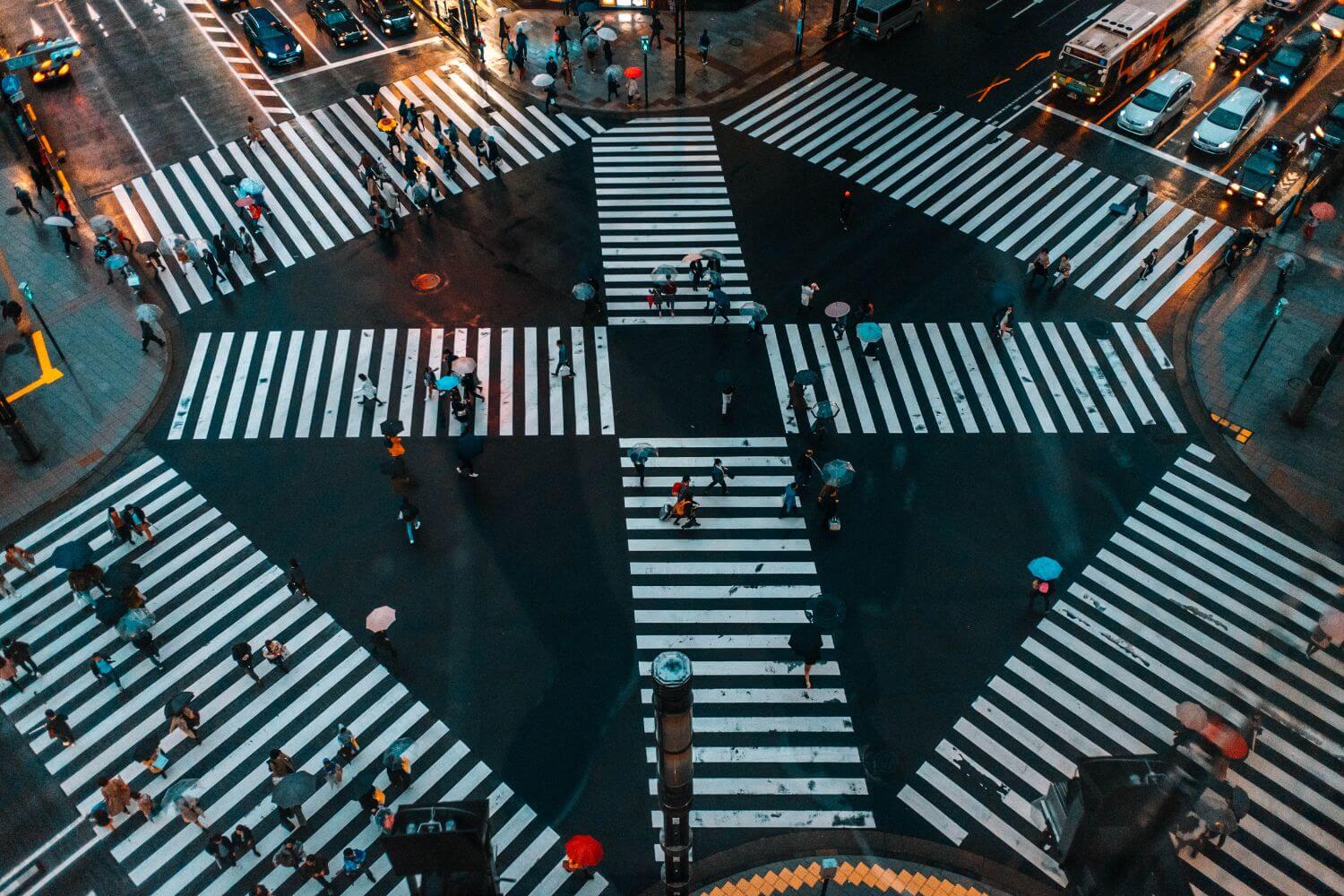
Right in the heart of it all you will find the cute little statue of the dog Hachiko, that tragically waited by the station for its owner to come home every day. Right beside it is the insane Shibuya Crossing too where you can witness thousands of people walk on the busiest pedestrian crossing in the world. You can also watch the crossing from above at Starbucks.
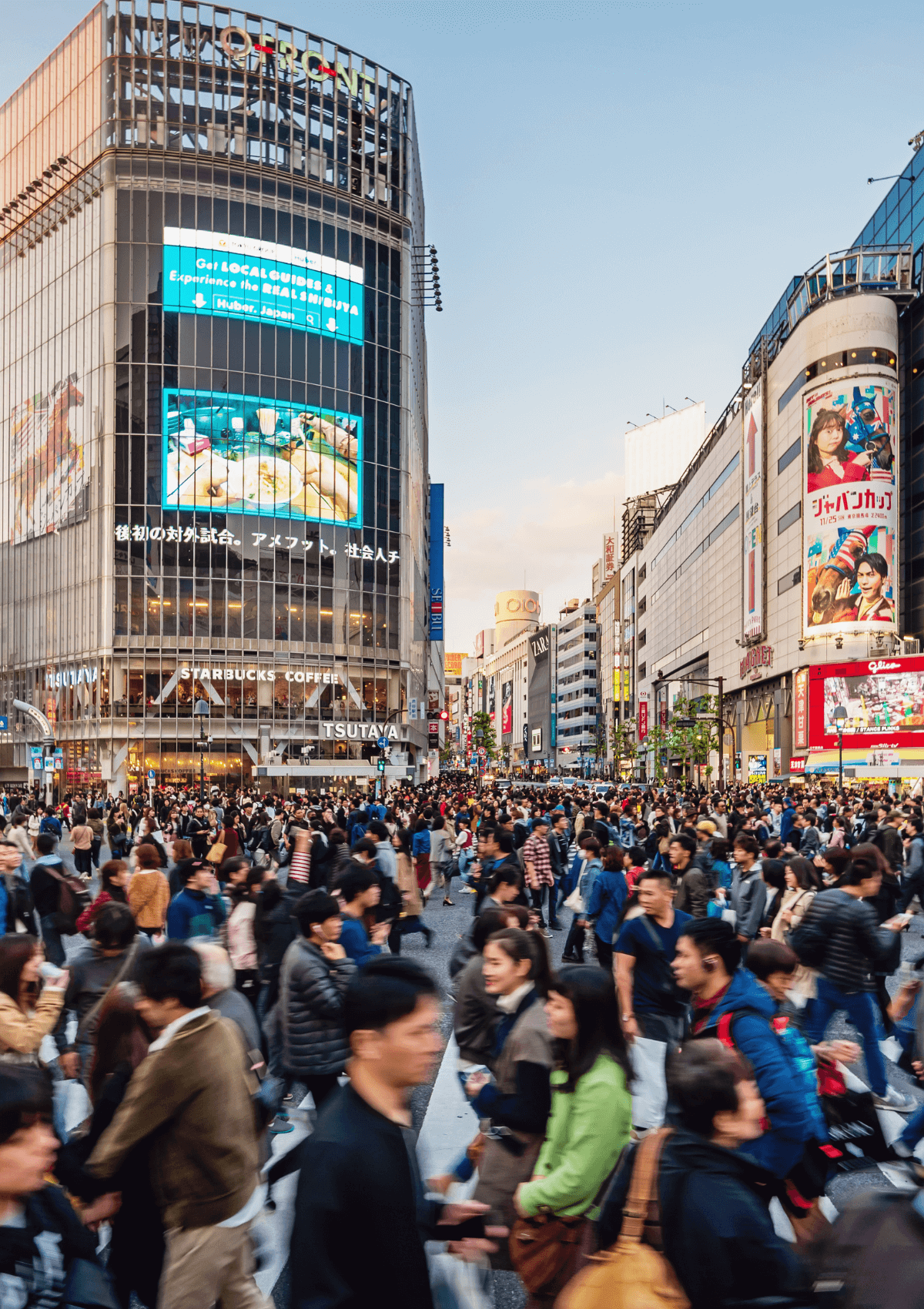
If you like art, Shibuya is a great place to visit. For contemporary art, head to the Diesel Art Gallery or the museum/theatre/cinema complex Bunkamura. Alternatively, go to the eighth floor of the shopping complex Shibuya Hikarie, which also features several gallery and event spaces dedicated to contemporary Japanese art.
In Shibuya, the crowds of people here are insane so lets hope you are not too claustrophobic. It’s one of the many things to expect on the streets of Tokyo. It’s such a drastic change to historic temples, but it’s important to include modern areas in your 7-day Tokyo itinerary if you really want to see everything the city is about.
Day 5: Relax at Tokyo’s Rikugien Gardens
While shrines and temples are synonymous with Japan’s culture, one aspect that gets overlooked more often than not are the beautiful gardens. Greenery and being in touch with nature is an important part of Japanese life and even in a concrete metropolis like Tokyo, you will still find many parks and gardens where there are often quite large.
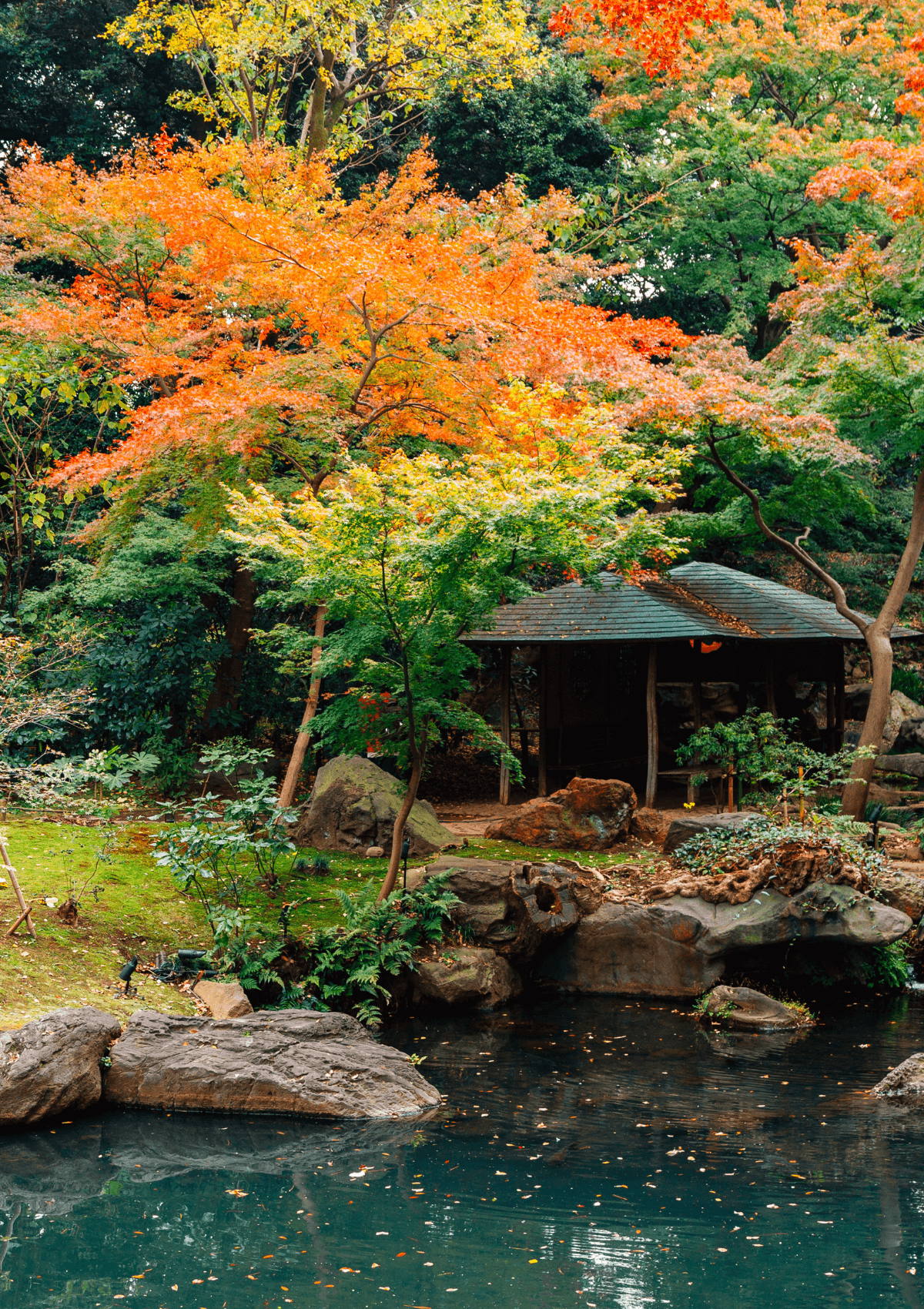
An example of one of these is Rikugien Gardens. Found in the Bunkyo Ward, this peaceful garden is a great place to visit all year round. Magnificent in spring with its weeping cherry blossom trees in full force, there is even an illumination event at night that accentuates its beauty further in the dark. Another popular time to visit is in autumn, where the trees become naturally coloured in fiery tones where this also has an illumination event at night.
For anyone visiting Tokyo in autumn, a bonus place to check out is the Jingu Gaien Ginkgo Avenue. As the name already suggests, this is a avenue lined with huge Ginkgo trees on either side that are a magical yellow and orange hue in autumn.
Ginkgo leaves play a role in Japanese culture where they are admired for their lovely fan-like shape and appear in artworks of all types and forms. It is used as a symbol of longevity due to the thousands of years a Ginkgo tree can last until, so this place becomes the perfect place for the most Japanese autumn you can imagine.
Day 6: Embrace calmness at the Meiji Jingu
Another day, another shrine. Winding down to the final full day of the 7-day Tokyo itinerary, a trip to the Meiji Jingu shrine to peacefully look back at your trip with fond memories is an ideal way to prepare for the potential heartbreak when stepping on the plane departing the country.
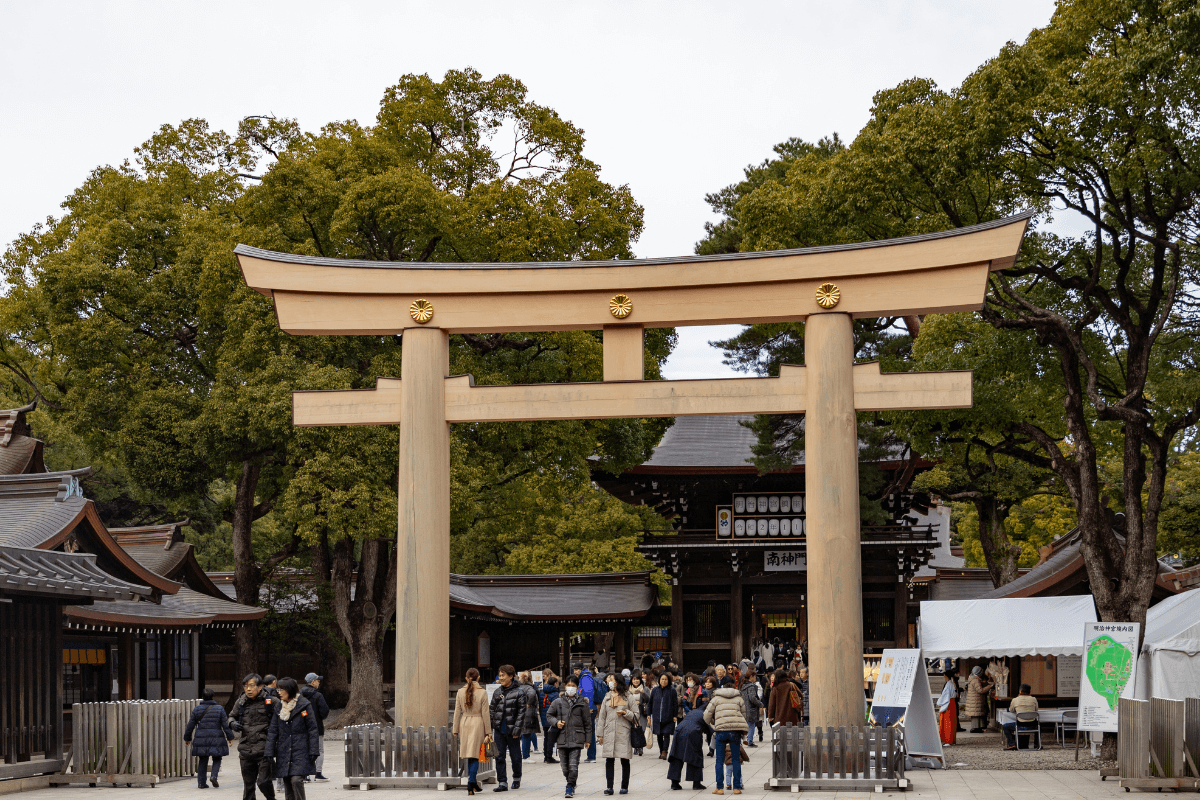
When you first enter the grounds there’s quite a long path up to the main area of the shrine. Surrounded by lofty thick trees that canopy the sunlight every so often, birds chirp in the distance as you really start to feel one with nature. There is just something special about the calmness of the air here as you walk along this path, gazing at the greenery, allowing your mind and soul to relax that brings pure serenity.
Once you reach the main square you will notice the balanced mix of traditional architectural designs with that of the modern. It is obvious to see that renovations here were not done to keep the original historic look intact but to give it the necessary improvements that It requires. This makes Meiji Jingu slightly unique as it is as if you are in this strange limbo zone where the past and present meet.
Day 7: Shop for souvenirs at Don Quijote
Even though the harsh reality has hit that it will now be time to say goodbye to Japan, you can’t leave without getting some essential souvenirs for your friends, loved ones and yourself of course! If you’re not sure what to buy – here are the best souvenirs from Japan to take home.
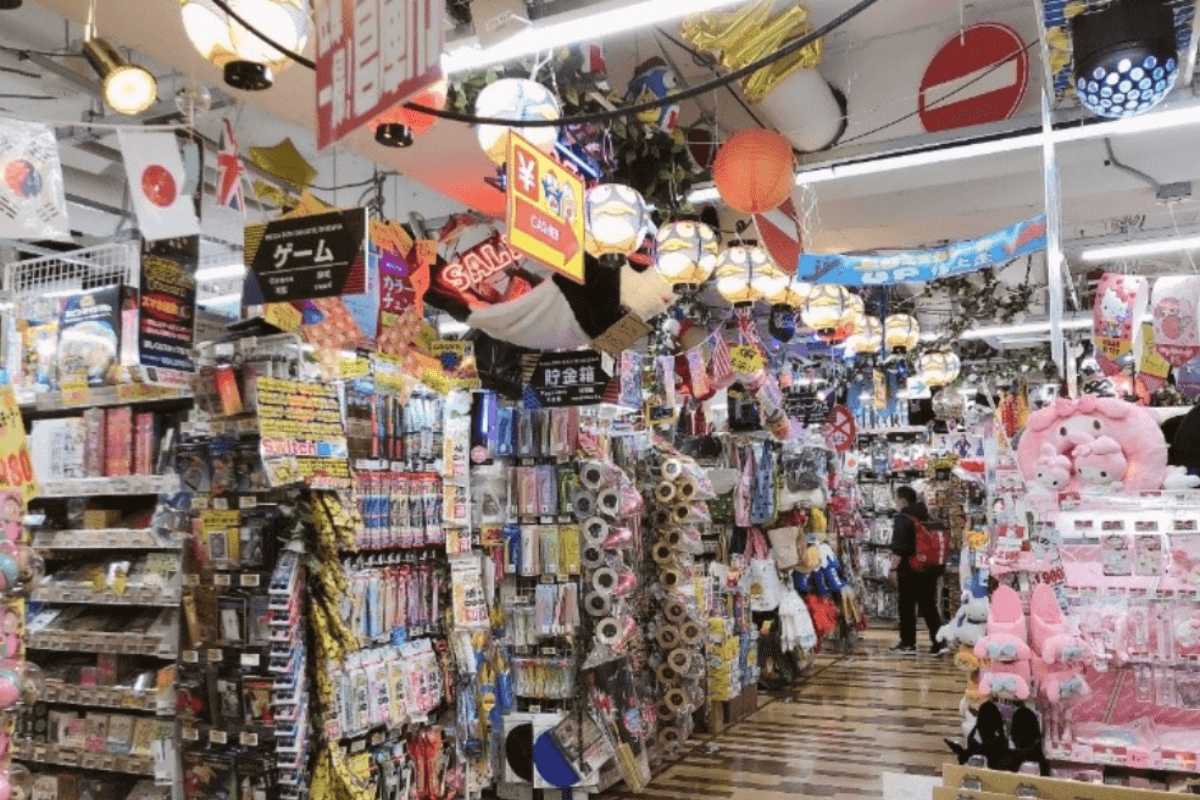
Don Quijote is a store you probably have seen a few times during your travels around Tokyo as it is characterised with a blue penguin that can be seen all over the stores signs and walls. This is a discount store that sells practically everything. And it means everything.
From snacks, clothes, suitcases, shoes, toys, makeup and more, you will be able to do all your souvenir shopping in one place right here. The standout section has got to be the snack aisles where you can find some of the most unique and interesting ones that you will not usually be able to find in any regular stores. They even sell large bulk packs of some of the more popular snacks, so you will be able to bring a whole supply of it home as long as you have the trunk space.
After all that is done and you have comfortably boarded the plane, there will be nothing else to do but to sit and reminisce all the fun you have had on this trip. You will already start planning your next trip back to Japan in your head, but hopefully with a longer stay and visits outside of Tokyo next time!
If you need more inspiration for your trip, I’ve got a list of 52 coolest things to do in Tokyo.
Tips on how to make the most of your week in Tokyo
Although a week is a good amount of time, a bit of planning will help you get the most out of the 7 days in Tokyo. Some other tips include purchasing the Tokyo Pass, which can save you money on various attractions, and the Suica Card or Pasmo card, which are prepaid cards used for buses, trains, and even some store purchases. They’re available at subway stations and airports.
You should also look into getting a rail pass for Japan to save money if you’re travelling around a lot.
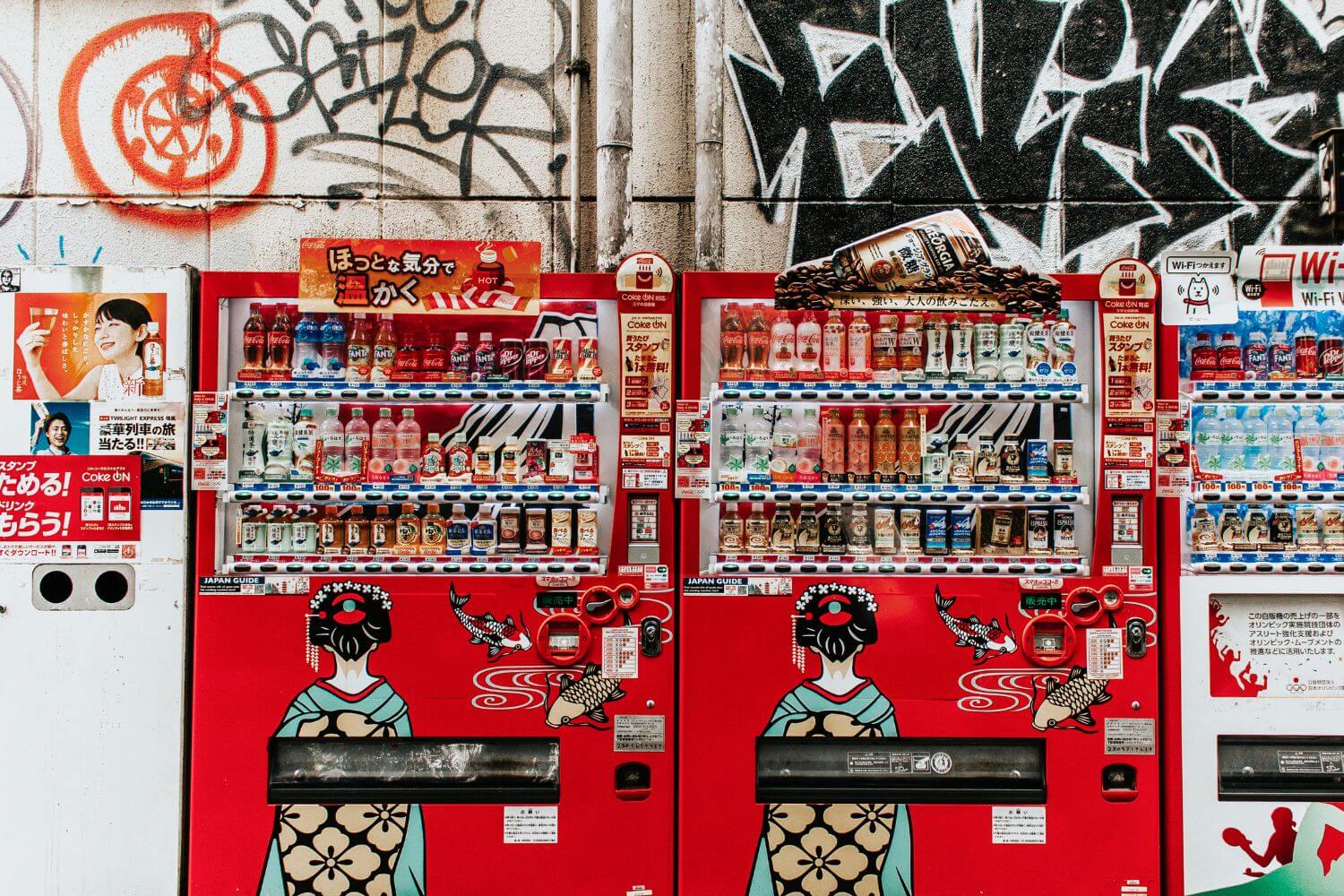
If possible, opt for flights to Haneda Airport (HND) over Narita (NRT). Haneda is closer to the city and can save you both time and money on transportation on your 7 days itinerary in Tokyo.
Other tips related to cultural etiquette include familiarising yourself with Japanese customs like removing shoes before entering certain spaces, bowing as a greeting, and understanding that tipping isn’t customary.
And finally, download Tokyo Google Maps for easier navigation. Also, apps like Tokyo Metro and Tokyo Subway can help in navigating the city’s metro system.
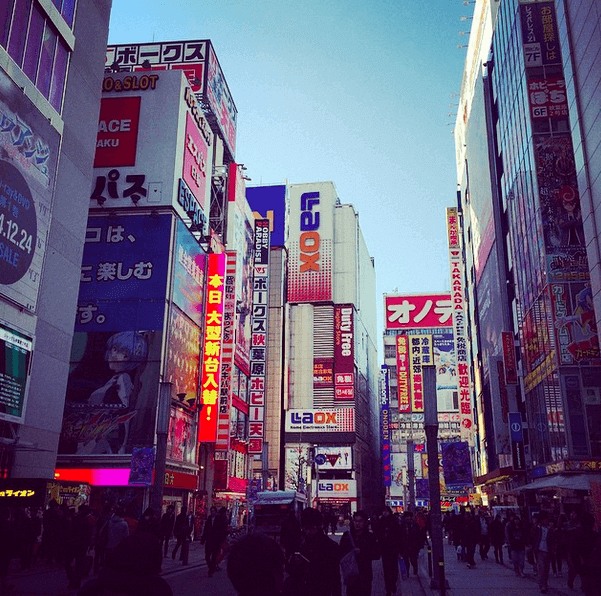
A 7-day Tokyo itinerary at a glance
- Day 1 – Arrival and visiting a local shrine or temple
- Day 2 – Get your game on at Akihabara
- Day 3 – Visit Senso-ji, the oldest temple in Tokyo
- Day 4 – Visit the modern neighbourhood of Shibuya
- Day 5 – Relax at Tokyo’s Rikugien Gardens
- Day 6 – Embrace calmness at the Meiji Jingu
- Day 7 – Shop for souvenirs at Don Quijote
More things to do in Tokyo in 7 days
If you’ve still got time for more activities in Tokyo in 7 days, here are a few more things you could add into your week’s itinerary:
Tokyo Disneyland
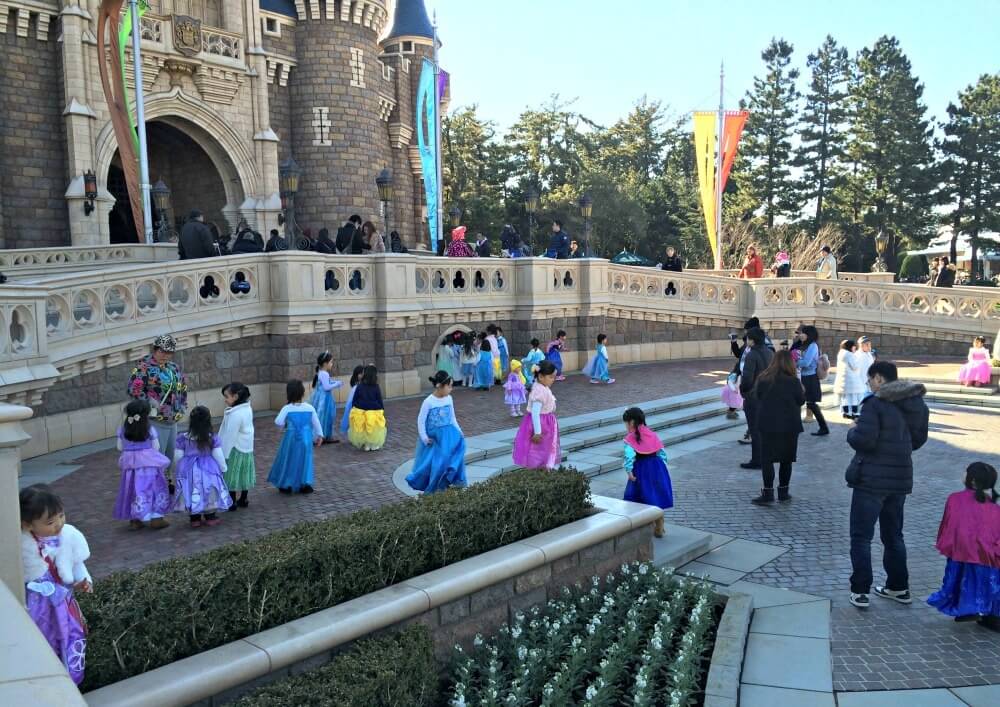
A day trip to Tokyo Disneyland is a great idea. It’s only about a 15-minute journey from Tokyo Station on public transportation. I loved, loved my day trip at Tokyo Disneyland – you should definitely try to include a trip in your Tokyo week itinerary.
Tokyo Skytree
Imagine soaring 634 meters high, taking in breathtaking views of Tokyo’s vibrant cityscape. You can enjoy panoramic scenes, futuristic architecture, and a city buzzing with life. It’s not just an observation deck; it’s a whole fun experience.
Mount Fuji
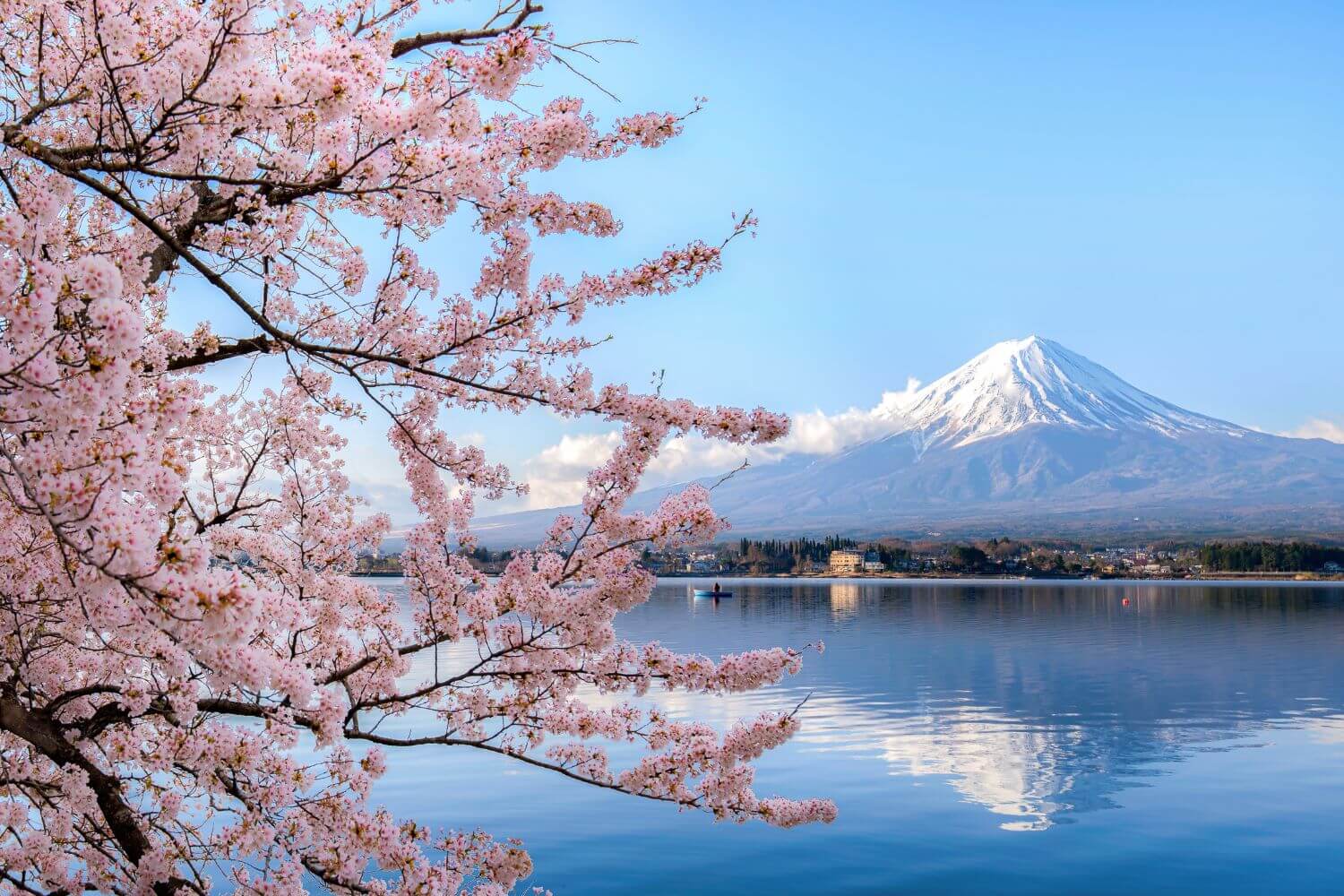
Mount Fuji is the icon of Tokyo, and one I’ve unfortunately not yet climbed. It’s easy to see on the Tokyo skyline though! If you have time, and energy, you can join a tour to climb up to the top in your 7 day Japan itinerary.
Tsukiji fish market
If you want to know where much of the sushi across Tokyo comes from, then visit the Tsukiji fish market. You’ll have to get here early to see all the action, but it’ll be well worth a trip. Just make sure it’s open for the season you’re there.
Food in Tokyo
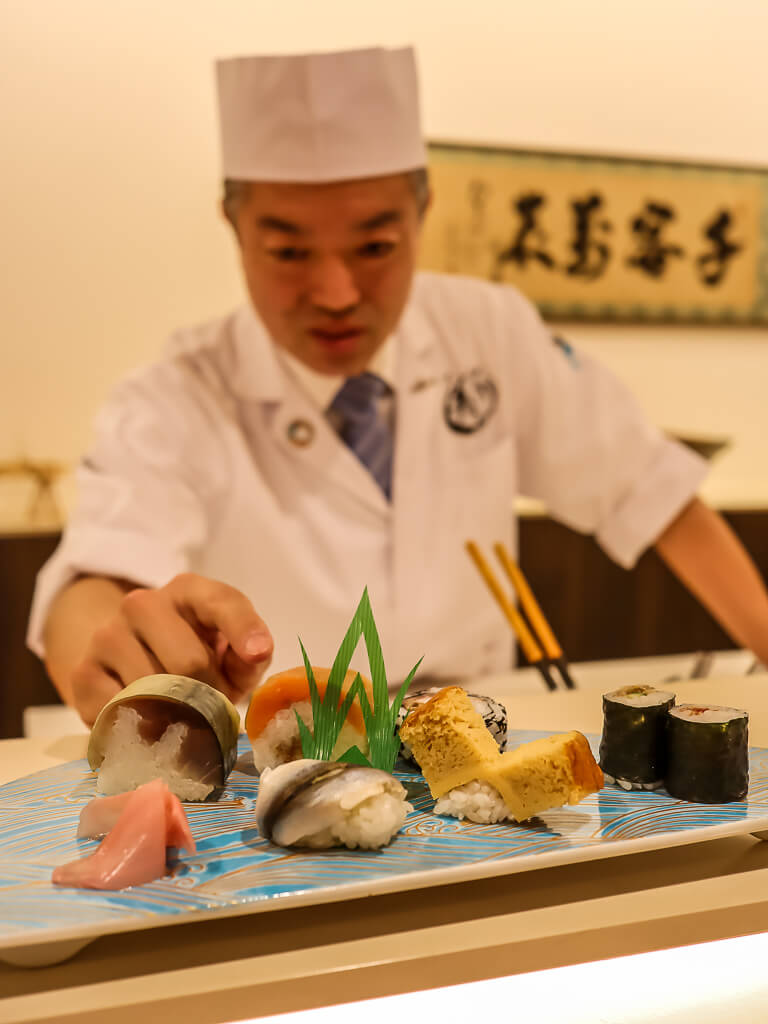
Obviously the food in Japan is one of the main draws, right? But it could also work out to be one of the most expensive things too. I’d recommend you make the most of the convenience stores in Japan – you can pick up all kinds of tasty food, very cheap. I really liked their tuna sandwiches with the crusts cut off, they were pretty special.
How expensive is Tokyo for a week?
I honestly haven’t found Tokyo to be that expensive at all. You can get a sushi feast for less than a fiver, one way on the metro is around £1 depending on where you’re going and I’ve paid an average of £15 a night for a mixture of accommodation.
I absolutely loved Tokyo. I’d recommend it to anyone, which is why I want to put your mind at rest about this rumoured ‘expensive Tokyo’ I’ve been told to expect. I kept a diary of all my Tokyo expenses for the first week I was there – here it is broken down into categories.
Cost of food in Tokyo
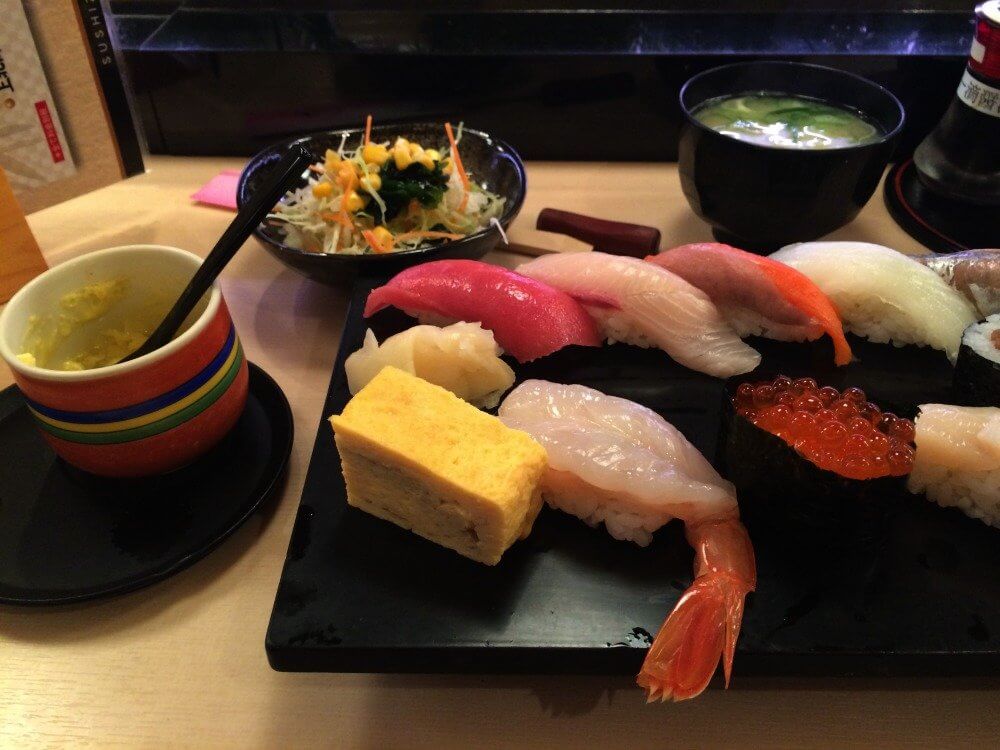
- Piece of sushi from 7/11 shop or similar = 100¥ | 55p
- Sushi feast (see above) at an average restaurant = 550¥ | £3.09
- Cashew nuts = 170¥ | 96p
- Ramen lunch with oolong tea = 1000¥ | £5.50
- Frozen yogurt with 4 toppings = 640¥ | £3.59
- Big sushi lunch deal in Ginza = 970¥ | £5.45
- Things out the breakfast machine = 320¥ | £1.79
- French toast ice cream and coffee = 1380¥ | £7.76
- Sushi dinner in Shinjinku = 850¥ | £4.77
- Disgusting noodle breakfast = 604¥ | £3.39
- Sweet potato cake and coffee = 650¥ | £3.65
- Hot dog and breakfast smoothie = 450¥ | £2.53
- Kebab and oolong tea at Jojola in Harajuku = 600¥ | £3.37
- Pik n mix sweets = 500¥ | £2.81
- Katsu curry = 650¥ | £3.65
- Hungover junk food at 7/11 = 800¥ | £4.49
- Sushi in Ryogoku = 950¥ | £5.34
- Dinner at the Robot Restaurant = 1000¥ | £5.62
Cost of transport in Tokyo
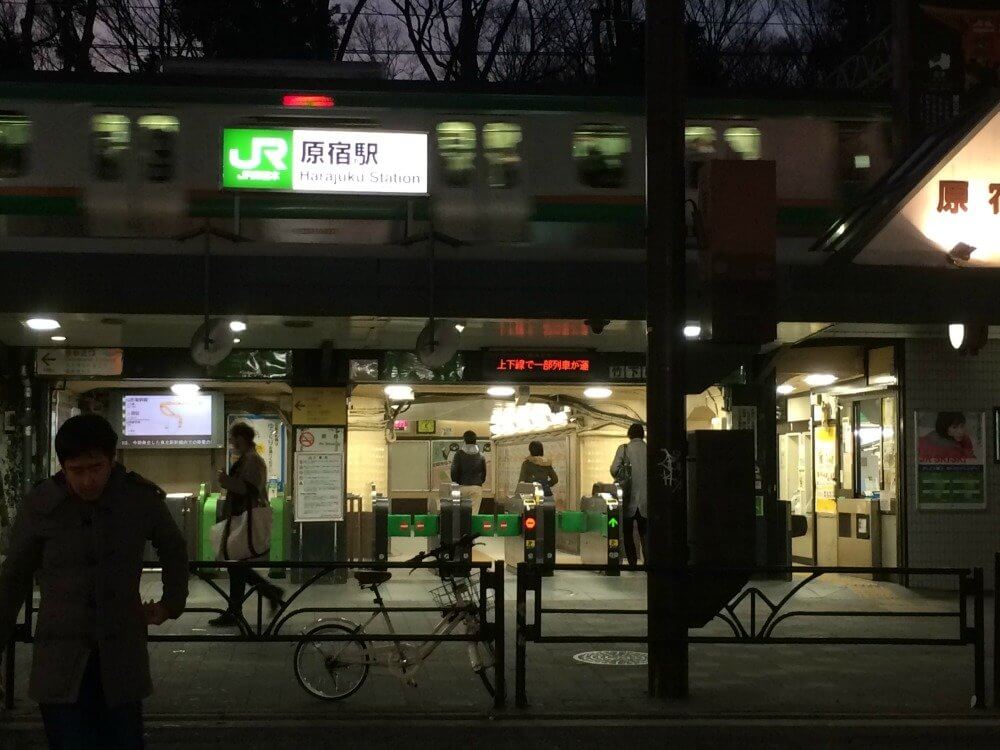
- Train from the Narita Airport to Asakusa = 1100¥ | £6.13
- Metro from Akihabara to Ueno = 140¥ | 77p
- Metro from Karamae to Odaiba = 380¥ | £2.12
- Metro from Odaiba to Ginza = 380¥ | £2.12
- Metro from Ginza to Asakusa = 200¥ | £1.11
- Metro from Asakusa to Shinjuku = 320¥ | £1.78
- Metro from Shinjuku to Ebisu = 320¥ | £1.78
- Metro from Harajuku to shinjuku = 160¥ | 89p
- Metro from Ueno to Ryogoku = 220¥ | £1.23
Cost of drink in Tokyo
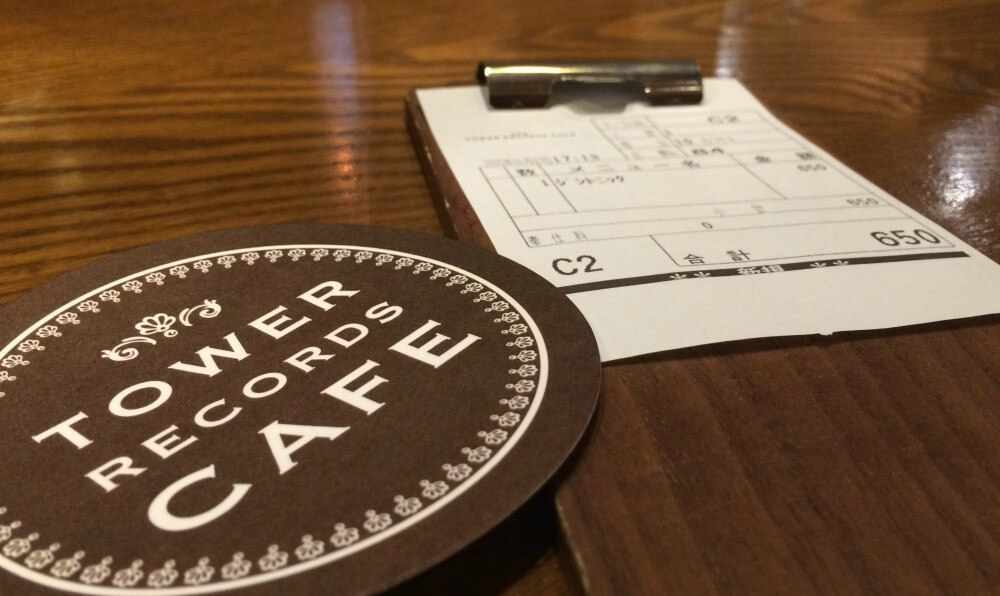
- Water at the airport = 110¥ | 61p
- Coffee at Excelsior Café in Akihabara = 350¥ | £1.95
- Orange juice at Time Out cafe = 500¥ | £2.78
- Gin and tonic at Tower Records Cafe = 650¥ | £3.62
- Brown stone cocktail and beef jerky at Brooklyn Parlour = 1500¥ | £8.35
- Drinks on pub crawl = 500¥ each x2 | £5.50
- Golden Gai beer, sake and meat stick = 1000¥ | £5.50
- Other bar = 500¥ each | £2.78
- Coffee at Mercedes Benz connection = 410¥ | £2.28
Cost of accommodation in Tokyo
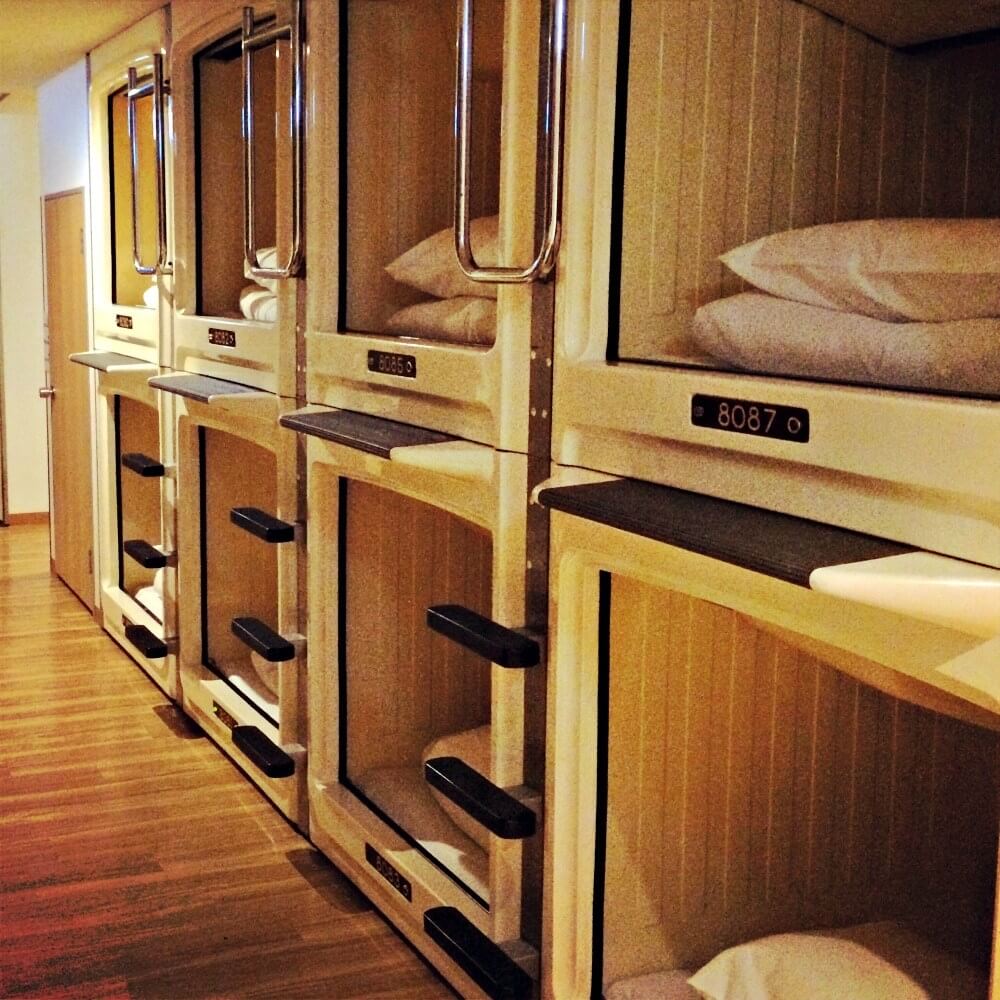
- 3 x a 10-bed dorm at World Ryokan in Asakusa 2200¥ x 3 | £12.25 x 3 = £36.75
- 2 x Capsule hotel 4500¥ x 2 | £25.04 x 2 = £50.08
- 3 x a 4-bed dorm at Anne Hostel in Ryogku 2500¥ | £13.91 x 3 = £41.73
I’d recommend all the places above. All were in a great location and had great facilities. I moved from the first one because it wasn’t very sociable, and I wanted to try the Capsule Hotel. I’d definitely recommend Anne Hostel over the other one though – more space, better bathrooms and a lot warmer!
Cost of activities in Tokyo
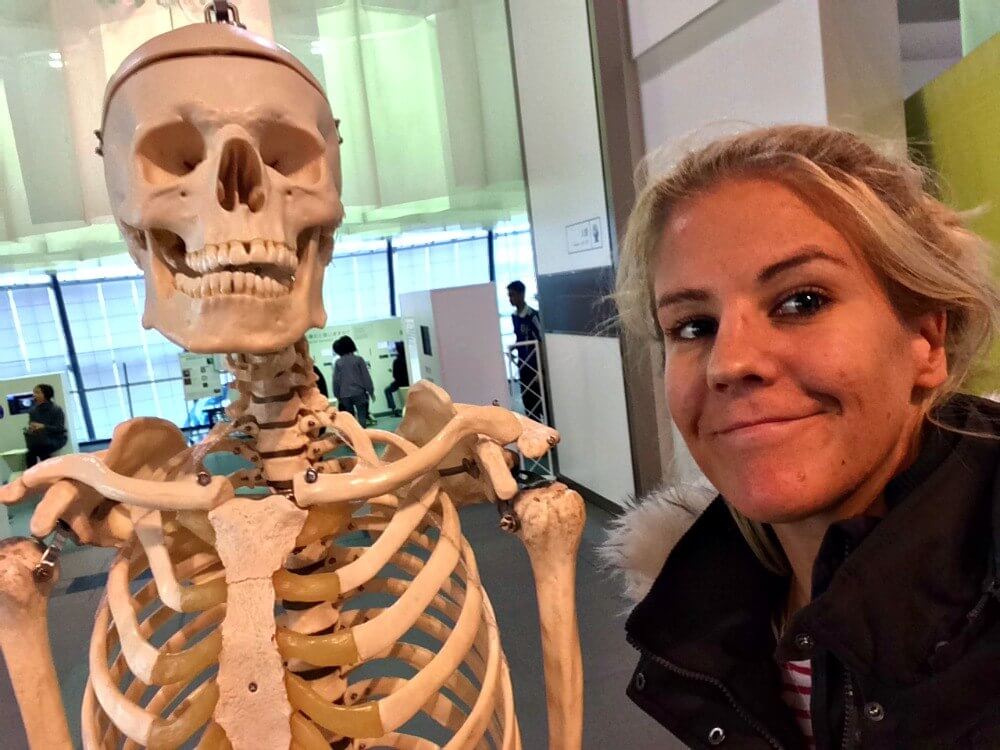
- Visit the Sensoji Temple = free
- Fortune at the Sensoji Temple = 100¥ | 55p
- Maid Café = 1900¥ | £10.31
- WiPremium Wi-Fi for a week = 2000¥ | £11.20
- Science Museum (pic above) = 640¥ | £3.56
- Ticket for Asgeir at Liquid Room = 5800¥ | £32.27
- Park entrance = 200¥ | £1.10
- Ueno park zoo and monorail = 750¥ | £4.17
- Pub crawl entrance = 1500¥ | £8.35
- Entrance to Richie Hawtin at Womb = 2000¥ | £11.20
- Pirukura = 400¥ | £2.23
- Sumo wrestling tickets = 2200¥ | £12.24
- Disneyland = 6400¥ | £35.61
So, my grand total for the cost of a week in Tokyo – including all food, drink, accommodation, transport and activities – was 86,400Y / £483.84.
Is 7 days enough in Tokyo?
Seven days in Tokyo can provide you with a good amount of time to visit most of the city’s main attractions. If you plan it well, you’ll also be able to fit in times to relax in parks and gardens as well as explore different neighbourhoods.
Is Tokyo an expensive city to visit?
Tokyo is often considered one of the world’s more expensive cities. However, costs can vary depending on factors such as your travel plans, budget size, and intended activities. One way to cut costs is to opt for the Tokyo Pass – if you’re planning to visit a lot of attractions at least. Additionally, when considering flight fares and accommodation, costs are typically at their most affordable between December and early March, excluding the New Year period when many businesses shut down.
What is the best month to visit Tokyo Japan?
Tokyo experiences four distinct seasons, each offering a different experience for travellers. Spring (March to May) is one of the most popular times to visit due to the cherry blossom season, which usually starts in the last week of March and lasts until the first week of April. Summer can be hot and humid, making it potentially uncomfortable for some visitors, but it remains a popular time for tourism, especially due to school holidays abroad. On the other hand, winter offers a colder climate with sunny days and is the cheapest time for tourism, excluding the New Year period. The city also has an autumn season, which makes the gardens and parks particularly beautiful.
